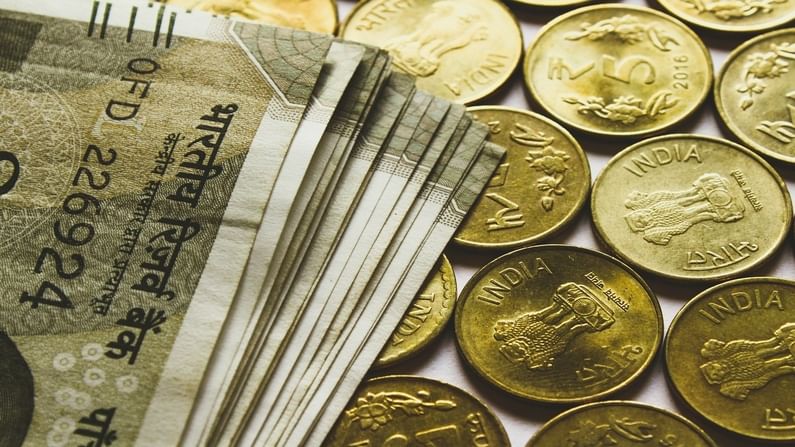Here are five things you need to know on how to build an emergency fund
In 2020, due to the impact of the coronavirus pandemic, we realised the importance of sound financial planning. For starters, having a well planned emergency fund is vital to sound financial planning. An emergency fund is like an insulation against unprecedented events such as unemployment, pay cuts, accidents or unsought medical expenses. The first step […]

In 2020, due to the impact of the coronavirus pandemic, we realised the importance of sound financial planning.
For starters, having a well planned emergency fund is vital to sound financial planning. An emergency fund is like an insulation against unprecedented events such as unemployment, pay cuts, accidents or unsought medical expenses. The first step in ensuring financial safety must be setting up an emergency fund.
It is ideal to have about three to six months salary amount as your fund. However, setting up an emergency fund is a process and requires astute planning. It is best to set up your emergency fund according to needs and requirements.
1. Draw up a plan: Decide how much money you need to save. Think about all the factors that affect the degree of expenditures such as number of family members depending on you, health problems, amount of debt and so on.
2. Account for all your unavoidable expenses: EMI payments, insurance premium payments, rent, school fees are some of the major and huge fixed expenses. Other unavoidable expenses include electricity, water and gas bills, monthly ration and groceries, and other odd expenses
3. Make a note of all the expenses: Distinguish between your wants and needs. Cut down on avoidable expenditure. If you wanna cut down on travel expenditure, carpool. Save up on your OTT subscriptions by sharing one account with friends and families.
4. Save before you spend: Deduct the amount of money you want to save at the beginning of the month when you are paid and store in a separate bank account meant only for savings. If you have your own business, keep aside a particular amount at the start of each month.
5. Make your emergency fund readily accessible. Your savings should ideally be readily available to you and hence a liquid investment is recommended. You may choose a high interest savings account to store your savings. However, once you have a substantial amount in your liquid savings account, the extra amount can be invested in other financial instruments. Say your goal for saving is 50,000 and you have 60,000 in your emergency fund. Invest the extra 10,000 in stocks, mutual funds or any other easily available options. Lastly, review your account from time to time.